(New York, NY: Feb 20, 2025) Indo-American Press Club (IAPC), the largest organization of media personnel of Indian origin in North America announced a dynamic Team of members to the Board of Directors today. Dr. Indranill Basu Ray – Cambridge, MA will lead this decade-old organization as the Chairman of the BOAD of IAPC. Ginsmon Zacharia, the Founding Chairman of IAPC is the Secretary of BOD. Ajay Ghosh, the Founding President of IAPC, who along with Ginsmon is a permanent member of the BOD, will serve as a member of the BOD.
Dr. Indranill Basu Ray – Chairman, Cambridge, MA
Dr. Indranill Basu Ray | MBBS, MD(Med), DNB (Card), DSc, FACP, FACC is a Cardiologist trained in one of the newer subspecialties called Interventional Cardiac Electrophysiology. Dr. Basu-Ray was a faculty guide at the Massachusetts Institute of Technology (MIT’s) LinQ program in Boston. He is a cardiac electrophysiologist on staff and the present director of cardiovascular research at the Memphis Veterans Medical Center in Memphis, TN, USA. He is also an Adjunct Professor at The School of Public Health, University of Memphis, Memphis, TN, USA.
Dr. Basu-Ray is the Editor of a popular book on Cardiology with over forty authors contributing to it from all over the world. He is the founder and President of the American Academy for Yoga in Medicine, an organization of physicians, scientists, and researchers who work on scientific validation of yoga as an integrative therapy. He is the Editor-in-Chief of the world’s first reference book written by over 75 physicians and researchers worldwide called “The Principle and Practice of Yoga in Cardiovascular Diseases,” published by Springer Nature. Dr. Basu Ray has delivered invited lectures worldwide on the role of Yoga and meditation in preventing and treating cardiovascular diseases. He was awarded a Doctorate in Science (Honoris Causa) by the world’s largest and oldest Yoga University- SVYASA, in Bengaluru, India. He has appeared on multiple television channels in this country and abroad, discussing Yoga as disease prevention. He writes blogs for numerous Indian and US Newspapers.
Ginsmon Zacharia – Board Secretary – NY
Ginsmon P. Zacharia, founding chairman and a permanent member of the IAPC Board of Directors, is the managing director of the Global Reporter Channel. A noted journalist who has made innovations in the field of visual media, he is also the chairman of Jai Hind News, a Malayalam newspaper with editions in the United States and Canada. He is the editor-in-chief of Aksharam magazine, a leading Malayalam magazine in the United States, and President and CEO of the English language magazine Asian Era. Ginsmon, who was the manager of The South Asian Times, a leading English language newspaper in America, started his journalism career 16 years ago by taking charge of the European edition of the Deepika, a Malayalam daily. As the US director of Jai Hind TV, he hosted the first reality show with candidates from all the states in the US. The reality show, attended by hundreds of Malayalees, was telecast in around 250 episodes, helped many amateur singers showcase their talent to the world, and was hailed as a historic first for the Malayalees in North America.
Kamalesh Mehta – NY
Kamlesh Mehta, founder of Forsyth Media Group, the most popular Indo-American English media group in North America, is a member of a prominent Jain family in Rajasthan and started a diamond business in Bombay in 1985. Mehta immigrated to New York in 1986, to expand his business, where he started trading in gemstones and diamonds. Mehta entered the media business in 2008, and his weekly newspaper, ‘The South Asian Times’ for the Indian community, has won several awards. He is also the publisher of Forsyth Media Group’s ‘The Asian Era’. In January 2010, he was appointed director of business and economic development by the Nassau County administration, where he served for five years. In 2009, he became president of the Rotary Club of Hicksville South, NY. In 2015-16, he had the opportunity to become governor of RI District 7255. He has been honored as a leading Rotary donor and has worked for many religious organizations and social causes. He is the founder of the Rajasthan Association of North America and organized the first Indian Day Parade in Hicksville, which started in 2012. Mehta is also the recipient of many lifetime achievement awards and certificates of recognition from various community organizations.
Dr. Mathew Joys – Las Vegas, NV
Well-known writer and columnist in North America, Dr. Matthew Joys, was one of the early members of the IAPC. He has worked in the finance department of the central government in India and has been the director of the Rotaract Club and the national general secretary of the Employees Federation. He also served as executive vice president and secretary to the board of directors of IAPC. Author of ‘Entey Priyey,’ a collection of love poems based on the Bible and the Ten Commandments, and the anthology ‘American Aadukal,’ he spends his time as the executive editor of Jai Hind, a New York-based newspaper, as well as the associate editor of the Express Herald, a member of the editorial board of Nerkazhcha weekly, and the English portal The UNN. He is also the Global Media Chairperson of the Global Indian Council, Inc.
Ajay Ghosh – CT
Ajay Ghosh, the Chief Editor of The Universal News Network (www.theunn.com), graduated with a Master’s Degree in Journalism from Marquette University, Milwaukee, WI in 1998. Before coming to the United States, Ajay was the Chief Editor of The Voice Delhi and contributed articles to several national publications in India. In the United States, starting his journalistic career as a reporter in 1999 for India Post, he worked as the New York Bureau Chief of Indian Reporter and World News and was the New York Bureau Chief of India Tribune published from Chicago. Ajay served as the Executive Editor of NRI Today and was the Bureau Chief of The Indian Express, North American Editions. He was the founding Editor of The Asian Era. Since 2012, Ajay has been serving as the Media Coordinator of the American Association of Physicians of Indian Origin (AAPI). In 2023, he was appointed as the Consultant for Public Relations Content for ITServe Alliance, the largest association of IT Solutions and services organizations in the United States. Ajay is the founder and President of the Indo-American Press Club.
Having a Master’s Degree in Social Work from Delhi University, Ajay served as an Adjunct Faculty at Fordham Graduate School of Social Work from 2006 to 2016. He was an Adjunct Professor at Bridgeport University, where he taught Psychology. In 2019, he was part of a nearly 200-member expedition to Antarctica, the 7th Continent on Earth. Ajay was honored with the Excellence in Reporting Award by the American Association of Physicians of Indian Origin for several years. In 2018, Ajay was honored with the Excellence in Journalism Award by NAMAM, In 2023, he received the prestigious Excellence in Journalism Award by The Kerala Center in New York.
Meena Chittilapilly – Dallas, TX
Meena Chittilappilly is a well-known socio-cultural media activist from Dallas, Texas. Meena, who has been a presenter and newsreader on Asianet for 15 years and later a presenter on Jai Hind TV, is currently working for Flowers TV. A graduate with a degree in analytical economics and business administration, Meena has worked in the field of education for over 20 years and is currently working as a school director in the project management office at ‘Quantiphi’, an international software company. She was also active as the arts and marketing and branding chairperson of the Malayali Engineers Association of North Texas (MEANT), and the president of the Dallas badminton club. Moreover, she has been running the Swarajathi School of Music and Dance since 2001 and is an active organizer and media personality who has been making her mark in the professional theater industry. During her college years, she was the secretary and union councilor of the All-Saints College arts club, Thiruvananthapuram from 1990-92 and presented many programs as an anchor with Doordarshan, the national television channel of India.
CG Daniel – Houston, TX
CG Daniel is a well-known writer and amateur photographer with a large following, especially on social media. He is an environmentalist and a cynophile. He has participated in television panel discussions about American and Indian politics. He is the founder, president, and CEO of the Deepalaya Foundation Inc., USA, a nonprofit charitable organization. He has served the IAPC at various levels, including as chapter president, national vice president, and general secretary.
Parveen Chopra – Vice Chairman – NY
Parveen Chopra, who has been a journalist in the United States for decades, is the managing editor of the South Asian Times. He also works for the interfaith journal ‘One World Under One God’. Parveen holds a master’s degree in mass communication from Punjab University and has also worked for India Today magazine. Parveen is also the founder of Spiritual Magazine Life Positive and was a former president of IAPC.
Dr. P V Baiju – Edmonton, Canada
A well-known Canadian author and columnist. P.V. Baiju is a noted journalist who has presented the issues of Canadian Malayalees to the world through his columns.
Jacob Kudasanad – Houston
Jacob Kudassanad (Kuruvila), the founding Vice President of the Houston chapter of Indo American Press Club, is a long-standing member of the organization. Through his time in IAPC, he has also been able to serve as the National Secretary in 2018 and National Executive Vice President in 2019.
He began his journalistic activities in his college days, where he got the chance to be the Alleppy district representative for All Kerala Sahitya Sangam. He also served as the editor for his college’s magazine, as well as various other local magazines. During his time as editor, he was able to harness his creativity and publish many short stories and poems in printed media. More recently, he has contributed to news publications for the Malayalam News Media.
Since immigrating to the US in 1985, Jacob has been an active and committed member of various cultural and religious organizations. He joined the World Malayalee Council in 1995 and has held several positions, including President, Chairman, and Secretary, at the American Region and Houston Province levels. Additionally, he served as the General Secretary of the Malayalee Association of Greater Houston in 2000. His dedication has persisted throughout the years, as he serves as the Vice president–admin in the American Region. He was able to serve as the Houston Bureau Coordinator for Reporter TV USA.
Finally, he is the current World Malayalee Council Chairman (America Region) and has been a member of St. Thomas Orthodox Cathedral Houston’s Golden Jubilee Souvenir Committee Chair. He was blessed with the opportunity to serve in multiple capacities. He hopes to continue to be a contributing member of the Indo–American community in the coming years.
Reji Philip – Philadelphia
Reji Phillip, a reporter for the Global Reporter channel, is a well-known journalist. He holds a master’s degree in journalism and manages the creative department in several visual and online media.
Jacob Abraham – NY
Jacob Abraham is the CEO of Hedge Events and the publisher of Hedge News. With a keen eye for detail and a strategic mindset, Jacob has successfully led Hedge Events to become a premier event management company known for its innovative and high-quality events. His leadership has also elevated Hedge News, a prominent publication that offers in-depth analysis and insights into the financial world. Jacob’s expertise and dedication have made him a respected figure in the industry, continually pushing the boundaries of excellence in event management and financial journalism.
Dr. Renee Mehra – Chicago
Dr. Renee Mehra has been working in the media since 1990. Renee is the host of the show ‘Renee Report’, which provides media coverage on politics, health, human interest stories, fashion, film, theater, and current affairs. She has been the president of Reenbow Media, an advertising, broadcasting, and public relations company since 2010. She acted as associate director of external affairs department NYC health, hospitals/Queens from 2014 to 2017. After earning a BA in broadcast journalism from the University of New York, and an MA in political management and public relations from George Washington University, she received her doctorate from Walden University.
Ashly Joseph – Canada
As the editor-in-chief of Jai Hind News, a popular Malayalam newspaper in North America, Ashly Joseph served as a member of the board of directors of the IAPC. He began his journalistic career in 2003 as a reporter for the ‘Malayalee Manas’, a Florida-based newspaper, and was the editor-in-chief of ‘Yatra’, a 2006 magazine aimed at new immigrants. From 2007 to 2009 he was the managing editor of ‘Aksharam’, a leading Malayalam magazine in the United States. Ashley’s numerous articles on social, political, and literary issues have already been published in print and online media. Ashly is an executive member of the Edmonton Catholic Association and is the founder of several associations and clubs. He came to the United States in 1999 and is known among the Malayalees as a great organizer. Ashley, who now works for the Canadian postal department, was the coordinator of the International Volleyball Tournament in Niagara. A graduate of Botany from Nirmala College, Muvattupuzha, Ashley was active in politics and society during his studies before he graduated with a degree in hotel management and moved to the United States.
Joseph John – Calgary, CAD
Joseph John is a Canadian Freelance Guild (CFG) and a Calgary-based freelance reporter who is president of the Alberta Chapter of the Indo-American Press Club. Joseph has also been the president of the Malayalee Cultural Association of Calgary, which has more than 4,000 members. Joseph John, founder, and organizer of ‘Kavya Sandhya’, which promotes literary and cultural activities for children in Kerala, is also a volunteer reporter for the Global Reporter section of the Reporter Malayalam channel. He is the founder and organizer of the ‘NAMMAL’ (North American Media Center for Malayalam Art and Literature) association with media support from news web portals in three Indian languages — ‘Nammal Online’ in Malayalam, ‘Namathu Tamil’ in Tamil, and ‘Namaste World’ in English. In addition, he serves as the national coordinator of ‘Nammalude Pallikoodam’, which conducts free Malayalam online classes with the help of volunteers from various provinces. He is the secretary of the National Association of Corrosion Engineers and for the Association of Materials Protection and Performance, Calgary Chapter of the U.S. & Canada Northern Area.
Korason Varghese – NY
Writer and journalist from New York. His column “Valkannadi” is published in media such as Manorama. He has published two collections of articles. He has done interviews through Reporter TV and Kalavedi TV. He is present in cultural and social spaces. He has worked as a Wise Men International Club public relations officer and as a UN representative. He has received the 2017 Emalayali Popular Writer Award, the 2022 Fokana Literary Award, the Kalavedi Literary Award, and the 2023 IAPC Social Media Influencer Award. Korason is also a cartoonist living in Long Island.
In the introduction to the collection of essays by Korason, Valkannadi, renowned writer Benyamin writes that the views of society can be accurately reflected through the unbiased Valkannadi. The writer, who has been living as a Malayali immigrant in America for a long time, has a passion for language and social commitment that seriously enhances the value of Valkannadi. – Benyamin.
Over the past five years, Reporter TV and Kalavedi TV have been a part of Korason’s backroom staff through several in-depth interviews. A.J. Philip, a veteran journalist who has been the editor of newspapers like The Indian Express and The Tribune, said, “I found Korason to be a very capable and cheerful interviewer. You can tell that there was proper homework behind it. The questions were quite probing but not intimidating. I wish television anchors in India were like Korason,” A.J. Philip wrote in his column.
He worked as a columnist, cartoonist, and editor in the newspapers Kairali and Jai Hind, published in New York. He was the editor of Fokana’s Haritham Smaranika, held in Albany, and served as the executive president and general secretary of the Indo-American Press Club. He managed a column in the leading online media Marunadan Malayali for more than five years.
Worked as a Senior Analyst for the Independent Budget Review for the Nassau County Government of New York. Experience in the formulation of basic political policy in the United States. Worked as a Finance Manager for the New York City Government for a quarter of a century.
Joji Kavanal – NY
Joji Kavanal is the treasurer of the Malankara Archdiocese of North America and one of the founding directors of the Indo-American Press Club. He also served as the director of Jaihind TV USA from 2010 to 2013. He was chief editor of Malankara Deepam annual publication of the Malankara Archdiocese
He practiced law in the Kerala High Court and is also a treasurer of the Kerala High Court Advocates Association. His extensive experience and dedication have significantly contributed to his leadership roles within the diaspora community, bridging cultural and professional ties between India and North America.
Anil Augustine – Atlanta
Anil Augustine is an Atlanta, GA resident, professionally a Public Relations (PR) management consultant in the International Trade, Media, and Human Resource domains. Currently, he serves as the Managing Director of an enterprise advisory firm www.AuguDEST.com, which assists global entrepreneurs, in reaching expertise in bilateral global trade, Media, PR & HR avenues. He is the joint promoter at the marketplace aggregator – Rural Agricultural Development Technology and Research. Anil has served on the Henry County, GA School System’s Advisory Council Board Since 2016 and the Eagle’s Landing Middle School as President of the PTO Board since 2019. As a Public Relations Officio, Anil is involved with Global
Indian Council, a diaspora advocacy institution, and World Malayalee Council, the global fraternity of Kerala diaspora. He serves on the Executive Board of the Federation of Malayalee Associations in Americas (FOMAA) immigration advocacy initiative – L.i.F.e, FOMAA Legal Immigration Federation, Anil served as the National Vice-president of IAPC and enthusiastically contributed to the International Media Convention in 2018 as the IAPC Atlanta Chapter Advisory Board member.
Dr.Eapen Daniel – Philadelphia
Dr. Eapen Daniel, a distinguished academic and community leader, resides in Pennsylvania, near the Philadelphia area. He graduated with a degree in Botany from Mar Thoma College in 1973 and later earned an M.Sc. from S.B. College, Changanacherry, securing a university rank. He began his career as a Botany professor at Mar Thoma College (Kerala University), where he taught until 1982.
After moving to the United States, Dr. Daniel pursued graduate studies at Texas Tech University and worked at the Texas Health Sciences Center until 1986. He then relocated to Pennsylvania, where he studied and worked at the University of Pennsylvania, earning his Doctorate. He continues to contribute to the university in the field of Genomics Integration.
Beyond academia, Dr. Daniel has been an influential figure in civic and religious circles in the Philadelphia Tri-State area for over 30 years. He has served as the President of PAMPA, a leading Malayalee association, and currently leads the Indian Overseas Congress (IOC) PA Chapter. His dedication to the Mar Thoma Church is notable, having served as Chief Editor of The Mar Thoma Messenger for 12 years and as a long-time youth activity coordinator and senior advisor for various church organizations.
Dr. Daniel’s contributions have been recognized with numerous achievement awards from civic and religious organizations, underscoring his lifelong commitment to community service and leadership
 Indo-American Press Club (IAPC) is a fast-growing syndicate of print, visual, online, and electronic media journalists and other media-related professionals of Indian origin working in the United States, Canada, and Europe. IAPC is committed to enhancing the working conditions of our journalists, exchanging ideas, and offering educational and training opportunities to our members, aspiring young journalists, and media professionals around the globe; and also by honoring media people for their excellence, and for bringing positive changes through their dedicated service among the community. Today IAPC envisages its vision through collective efforts and advocacy activities through its 15 Chapters across the US and Canada, in the larger public sphere. Visit www.indoamericanpressclub.com to learn more.
Indo-American Press Club (IAPC) is a fast-growing syndicate of print, visual, online, and electronic media journalists and other media-related professionals of Indian origin working in the United States, Canada, and Europe. IAPC is committed to enhancing the working conditions of our journalists, exchanging ideas, and offering educational and training opportunities to our members, aspiring young journalists, and media professionals around the globe; and also by honoring media people for their excellence, and for bringing positive changes through their dedicated service among the community. Today IAPC envisages its vision through collective efforts and advocacy activities through its 15 Chapters across the US and Canada, in the larger public sphere. Visit www.indoamericanpressclub.com to learn more.





















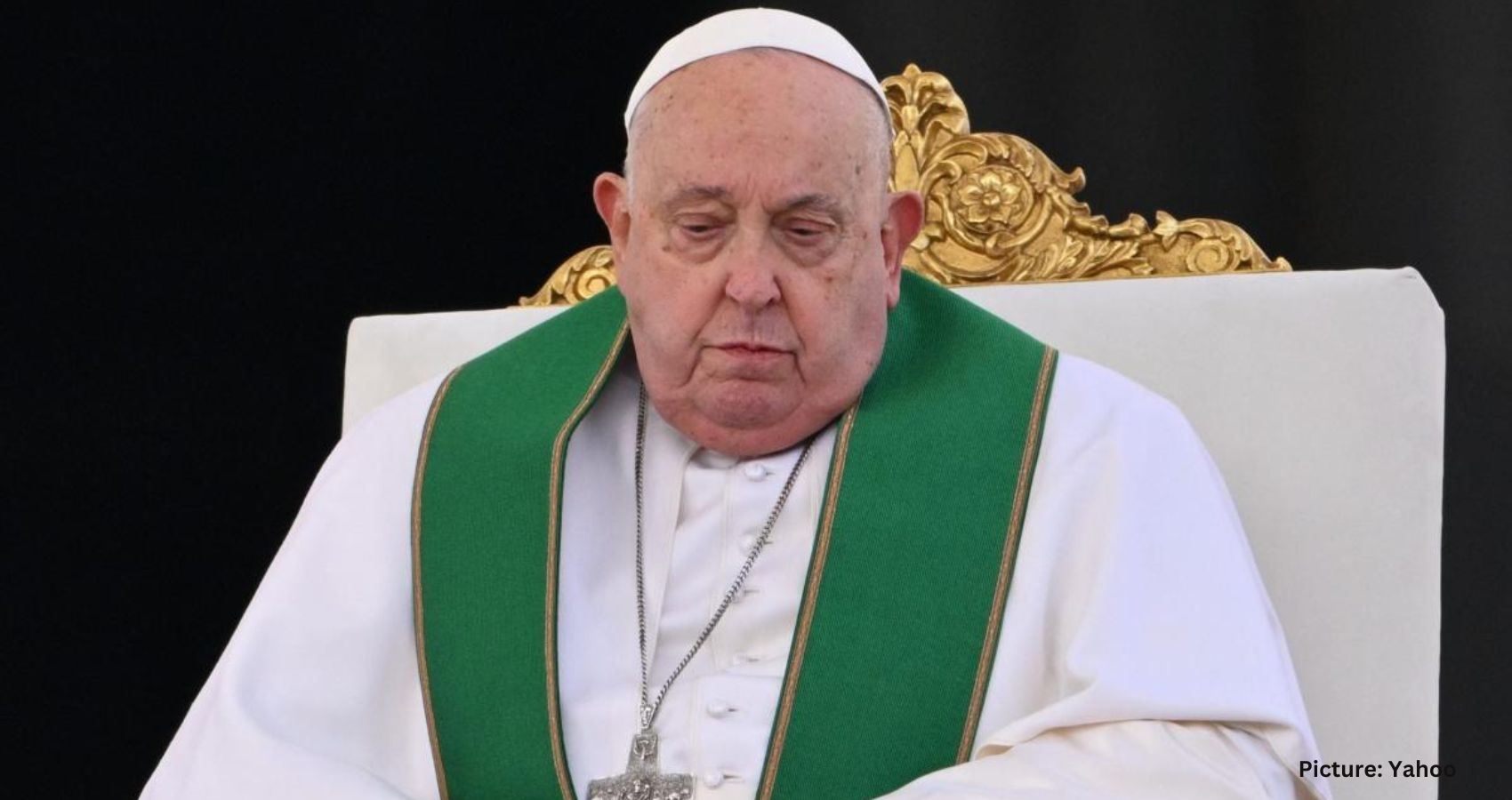













 The contestants will be judged in four categories, based on one’s Poise, Personality, Presentation, Performance, Style, Appearance, Intelligence and Confidence.
The contestants will be judged in four categories, based on one’s Poise, Personality, Presentation, Performance, Style, Appearance, Intelligence and Confidence.

























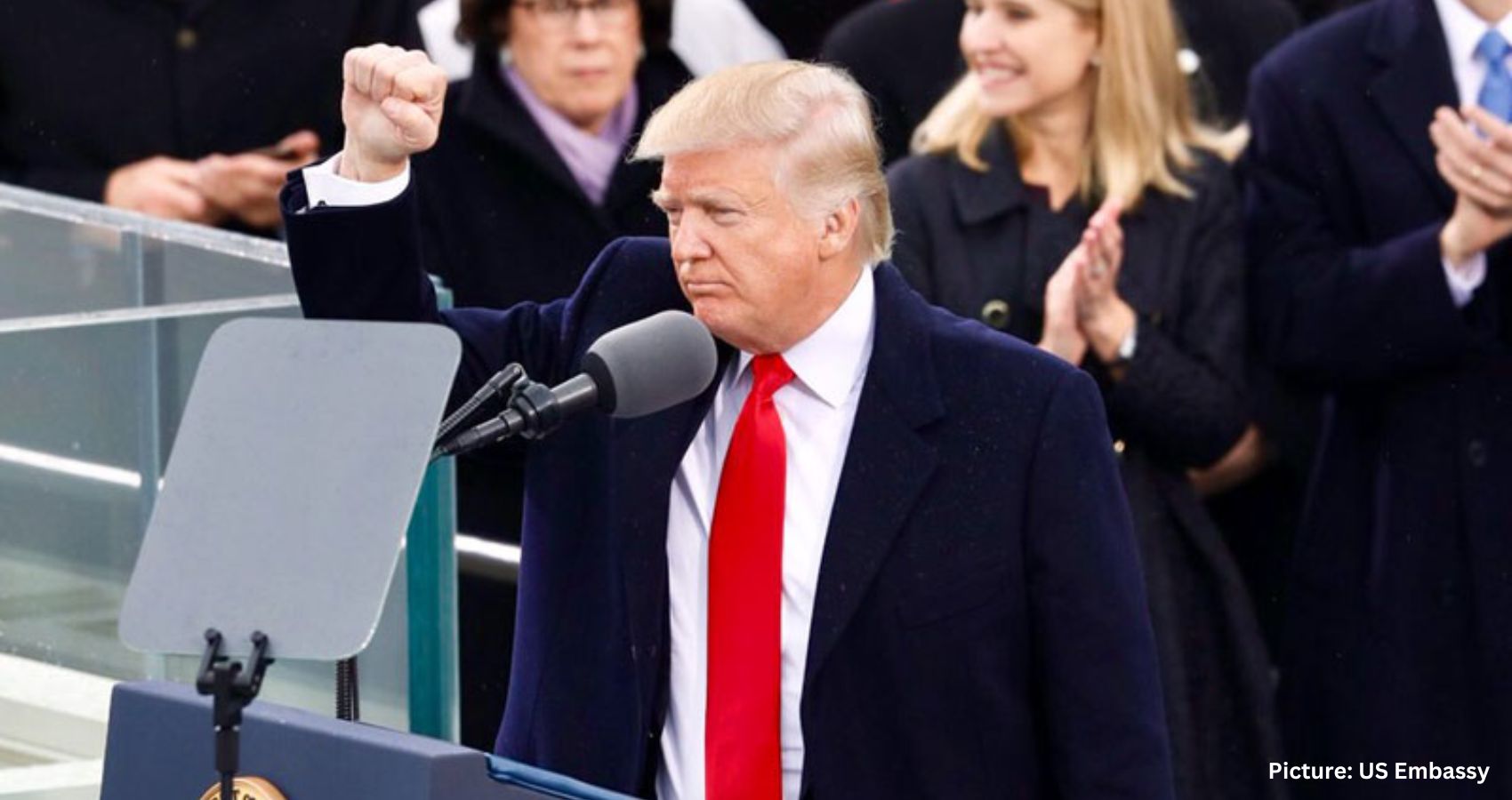

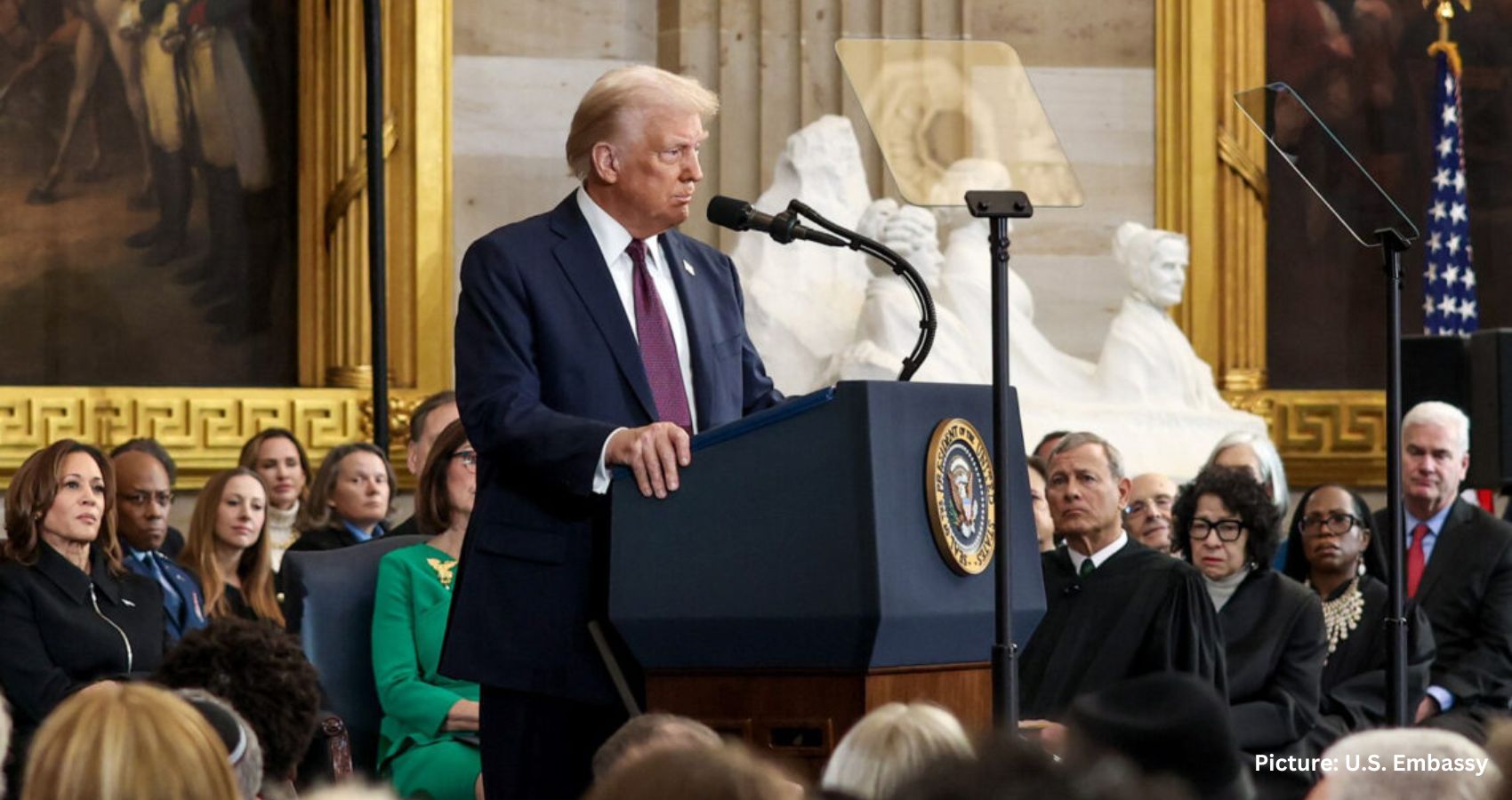




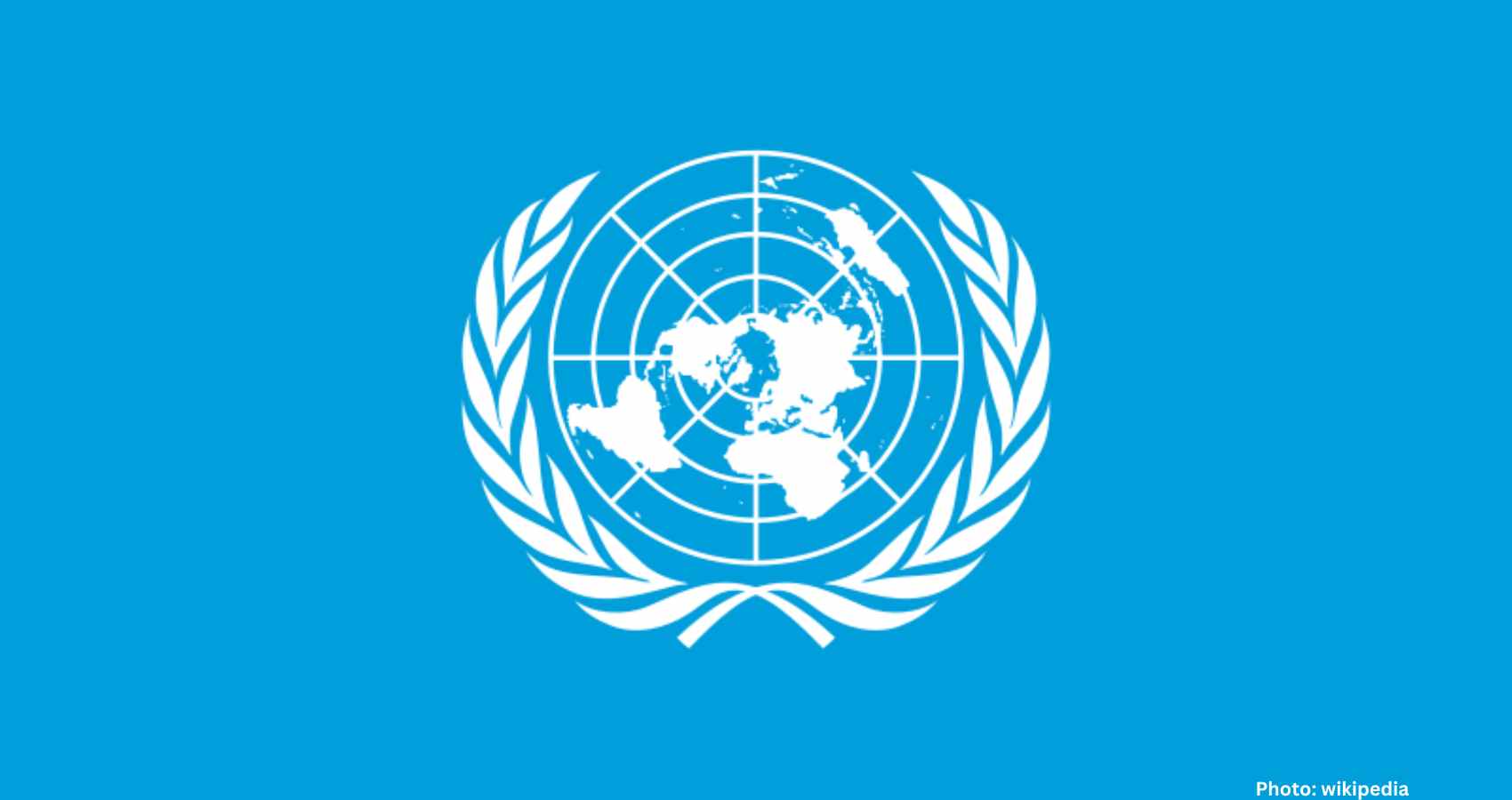













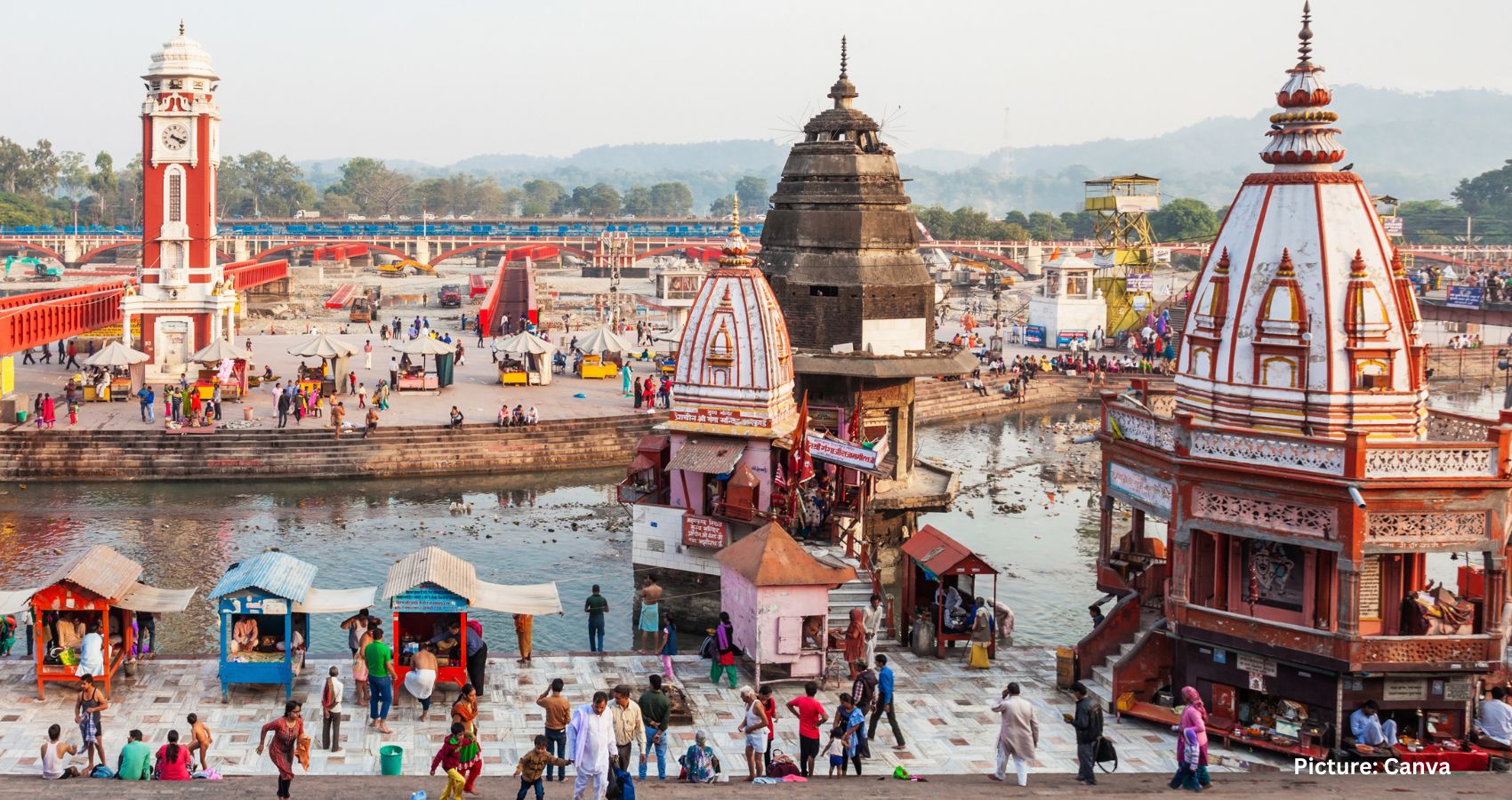







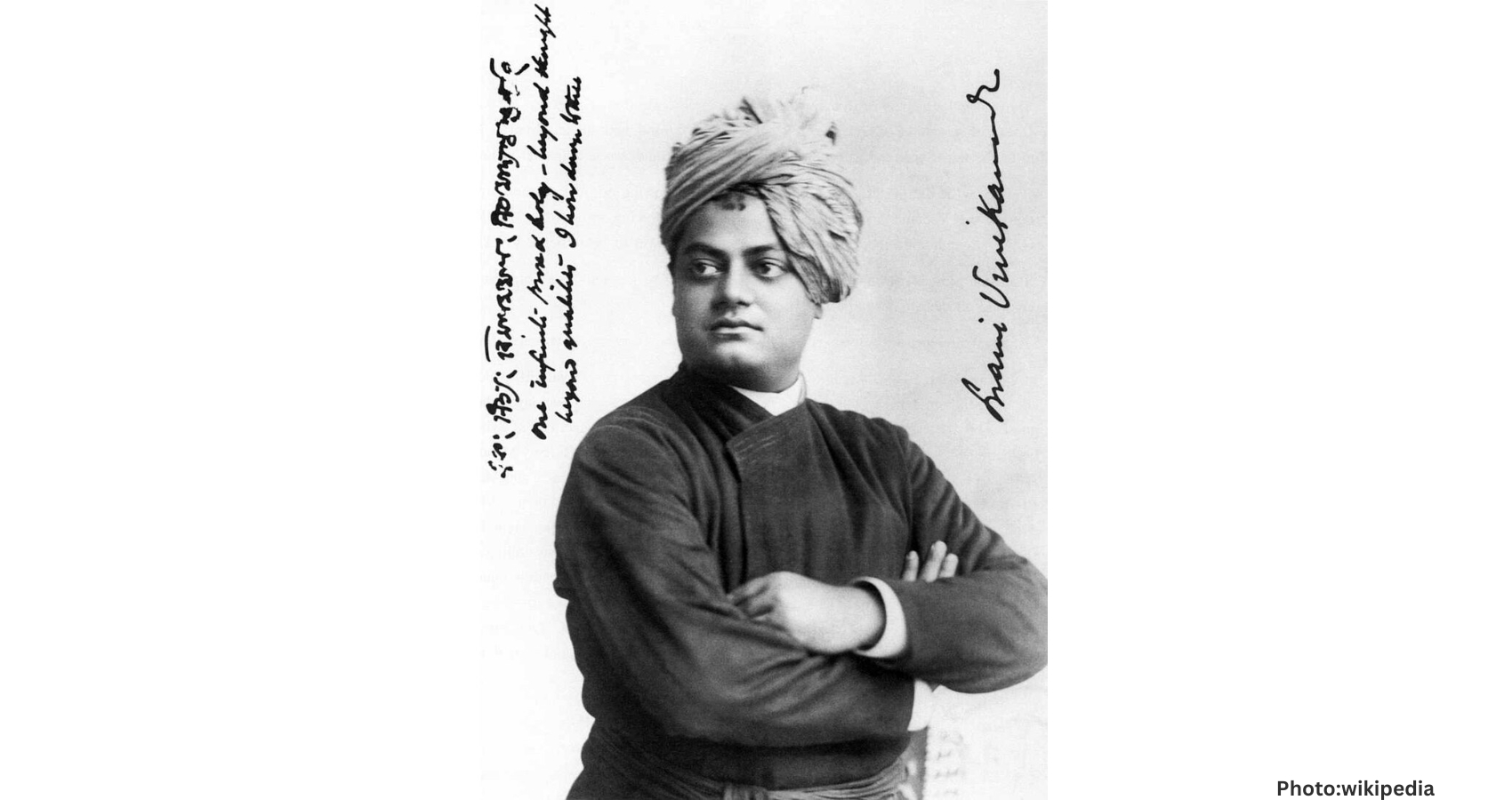


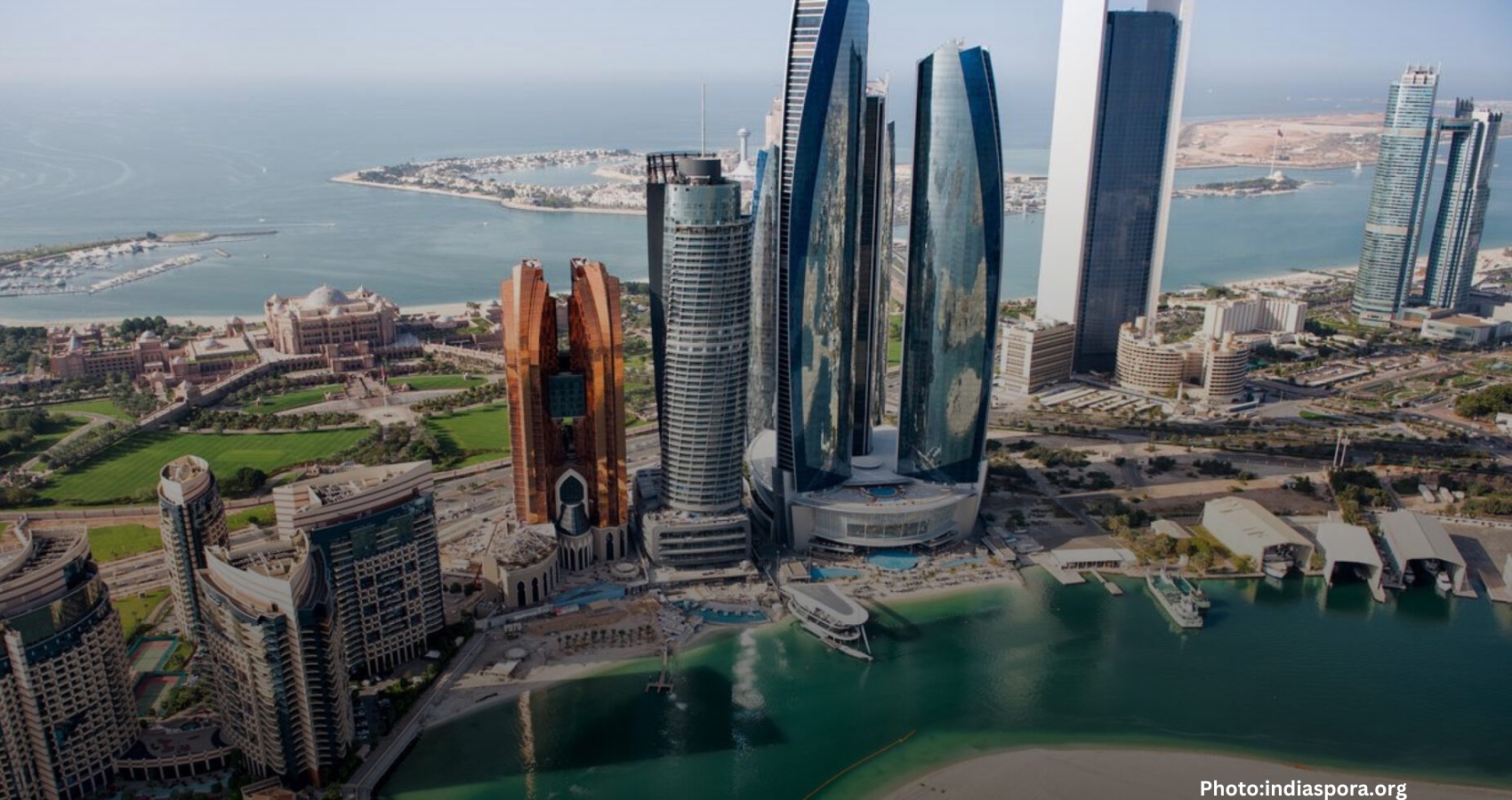
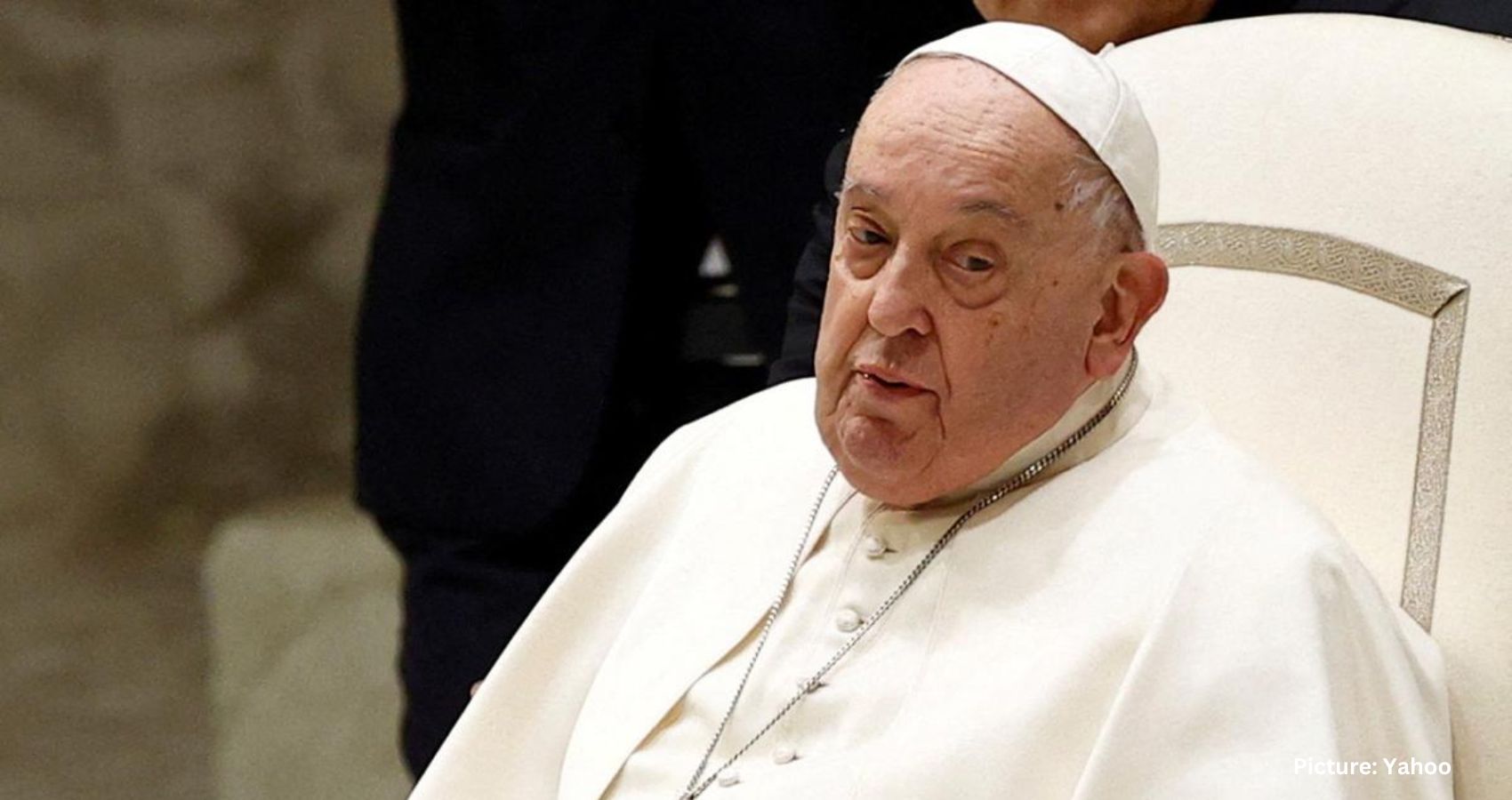






 Indo-American Press Club (IAPC) is a fast-growing syndicate of print, visual, online, and electronic media journalists and other media-related professionals of Indian origin working in the United States, Canada, and Europe. IAPC is committed to enhancing the working conditions of our journalists, exchanging ideas, and offering educational and training opportunities to our members, aspiring young journalists, and media professionals around the globe; and also by honoring media people for their excellence, and for bringing positive changes through their dedicated service among the community. Today IAPC envisages its vision through collective efforts and advocacy activities through its 15 Chapters across the US and Canada, in the larger public sphere. Visit
Indo-American Press Club (IAPC) is a fast-growing syndicate of print, visual, online, and electronic media journalists and other media-related professionals of Indian origin working in the United States, Canada, and Europe. IAPC is committed to enhancing the working conditions of our journalists, exchanging ideas, and offering educational and training opportunities to our members, aspiring young journalists, and media professionals around the globe; and also by honoring media people for their excellence, and for bringing positive changes through their dedicated service among the community. Today IAPC envisages its vision through collective efforts and advocacy activities through its 15 Chapters across the US and Canada, in the larger public sphere. Visit 



